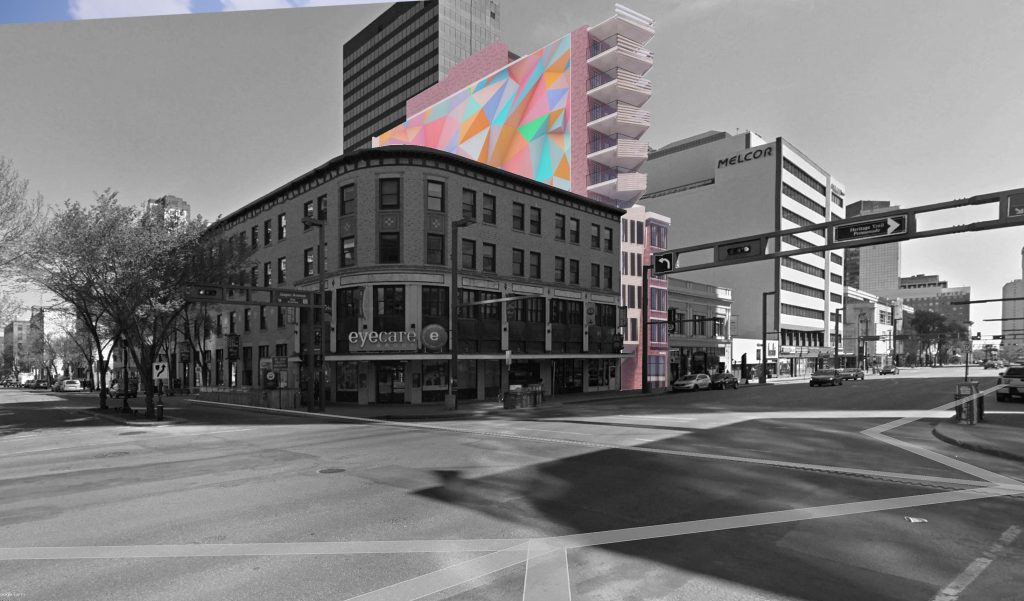

Image Credit: holo-blok
FutureCite:
So now that we’ve covered the technology platforms that you use, tell us more about what types of Digital Project Development (DPD) skills and knowledge do teams like yours, require to create the Wedge building design and its building ecosystem?
Roddy Handa:
Well, I think the main thing is just an understanding of the process, and understanding what each key participant can bring to the table, because unless you can really understand the contributions of others you’re just going to replicate a lot of their work, and create a lot more waste.
FutureCite:
Ok, so you actually shape the building’s ecosystems by outlining the specific information needed for each phase of the project at the beginning from each early in the process?
Roddy Handa:
Exactly – by understanding what a contractor brings to the table you’re able to cut out some scope that you traditionally would take on as a designer. As well, by bringing some sub-trades to the table you’re able to, again, cut out certain, documentation that you’re not the best person to provide. This in turn contributes to the entire life cycle of the building and positions it for successful operations and maintenance. We focus the contributions of each team member so that the right type of information is available at the end of the project. This information predicts preventative maintenance, anticipates asset replacement, and ideally provides building owners with the companies they need to contact to have the work completed.
FutureCite:
It sounds like each participant needs understand not only the what information, knowledge and skills are needed at each planned stage of the DPD process but also why it contributes to a sustainable building ecosystem that contributes to a circular economy.
Roddy Handa:
Exactly – understanding why DPD exists, and understanding how all the players in the project ecosystem come together is probably the biggest component. And then from there, it’s … there’s no real magic to it, it’s understanding the tools, understanding the software, and understanding where the information needs to come from, that really makes a project like this successful. It’s adapting all the information we’ve always received on projects so that it is more accessible, so that there is a single point of truth, and so the building can be efficiently operated. The potential savings in waste reduction alone during operations is astounding.
FutureCite:
Can you explain how this enables your team to be more efficient with time and resources?
Roddy Handa:
When you know where the information is coming from then you’re spending a lot less time searching for that information, you’re able to just go right to the source that’s supposed to provide it to you, ask the right question, and then that information, or that answer, becomes part of the project. It doesn’t just become a piece of information you refer to, it physically becomes part of the 3D models at that point. These removes the traditional chains of command in more conventional delivery models and ensures that information isn’t lost along the way.
FutureCite:
So really any information embedded into the process forms part of a dynamic building process, and becomes part of the visual 3D model that all team participants can see at any time – in real time? And so the owner, architect, engineer, contractor, subtrades and suppliers all need to set forward the process they follow from the beginning to the end of the DPD process?
Roddy Handa:
So, yeah, that’s certainly the best piece of knowledge or skill you need is just understanding the process, and then the tools and software skills are a bit secondary to that, but no less important. It’s a shift in culture and a departure from how things have been done. To us, that’s a welcomed and exciting transition for the industry.
FutureCite:
Exciting to learn how your team role in using the DPD digital tools contributes to a building ecosystem (the Wedge highrise) and the circular economy. Look forward to our next upcoming chat on the roles and ways that contractors and trades and the communities they build will benefit from DPD.




